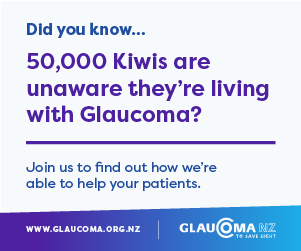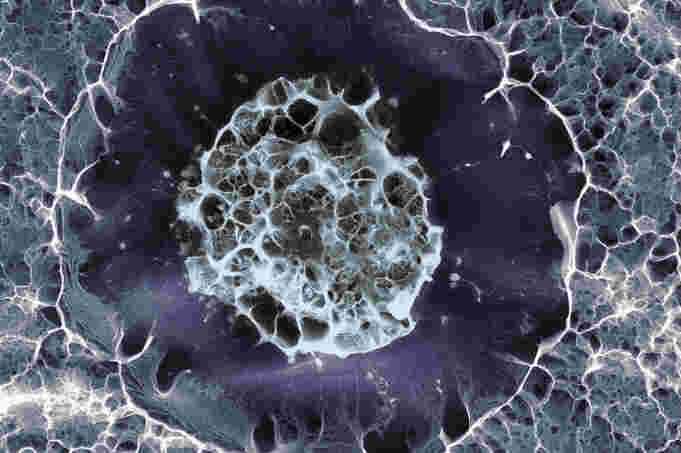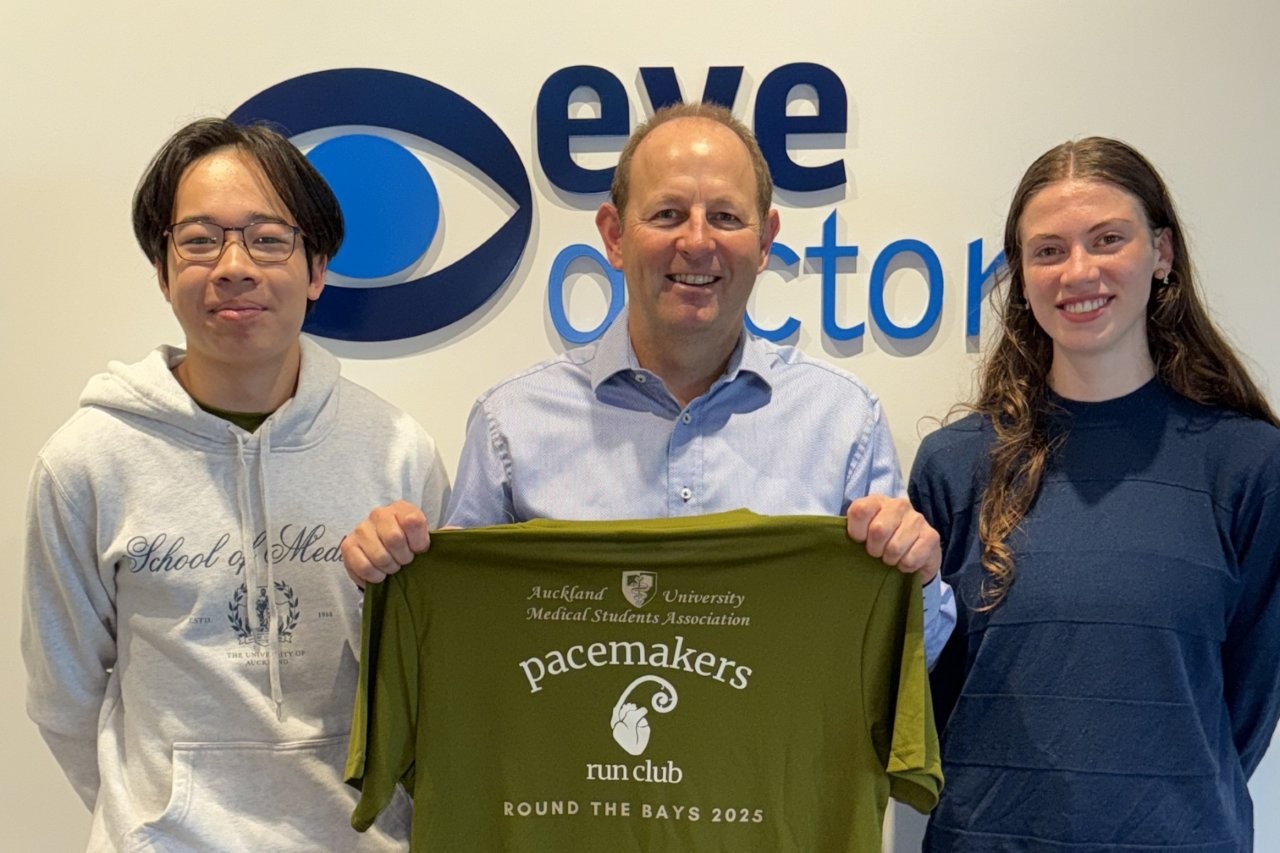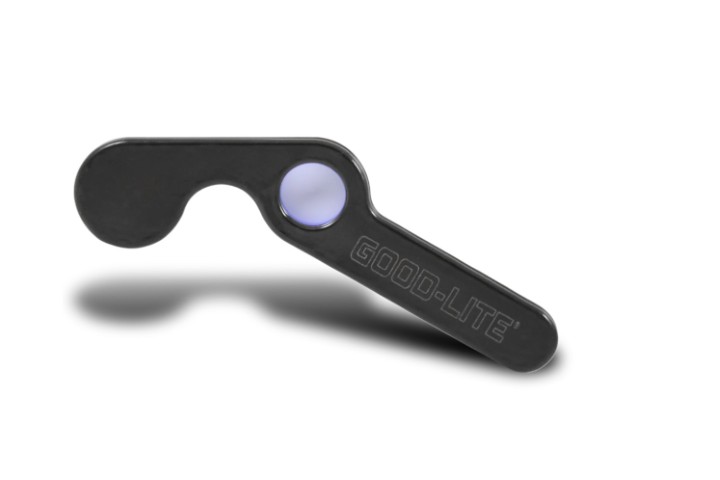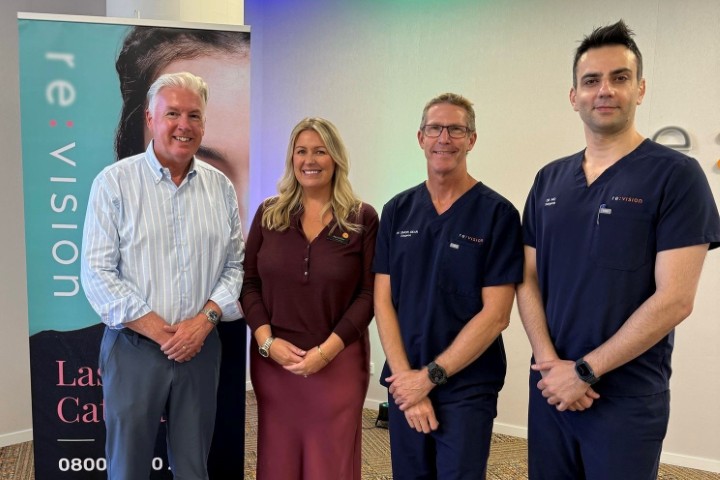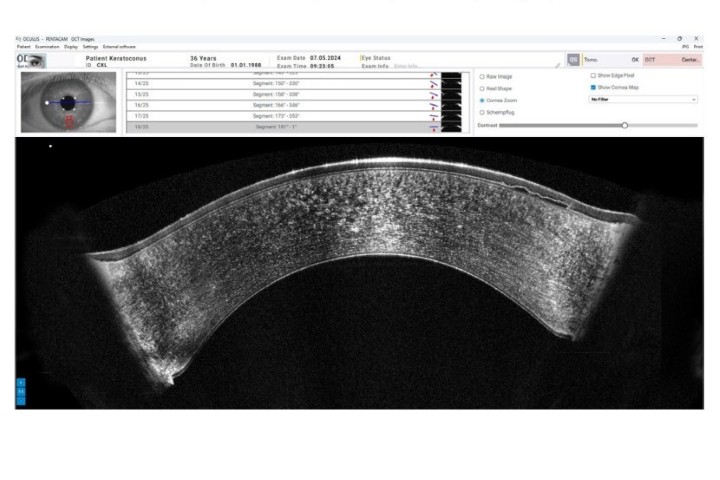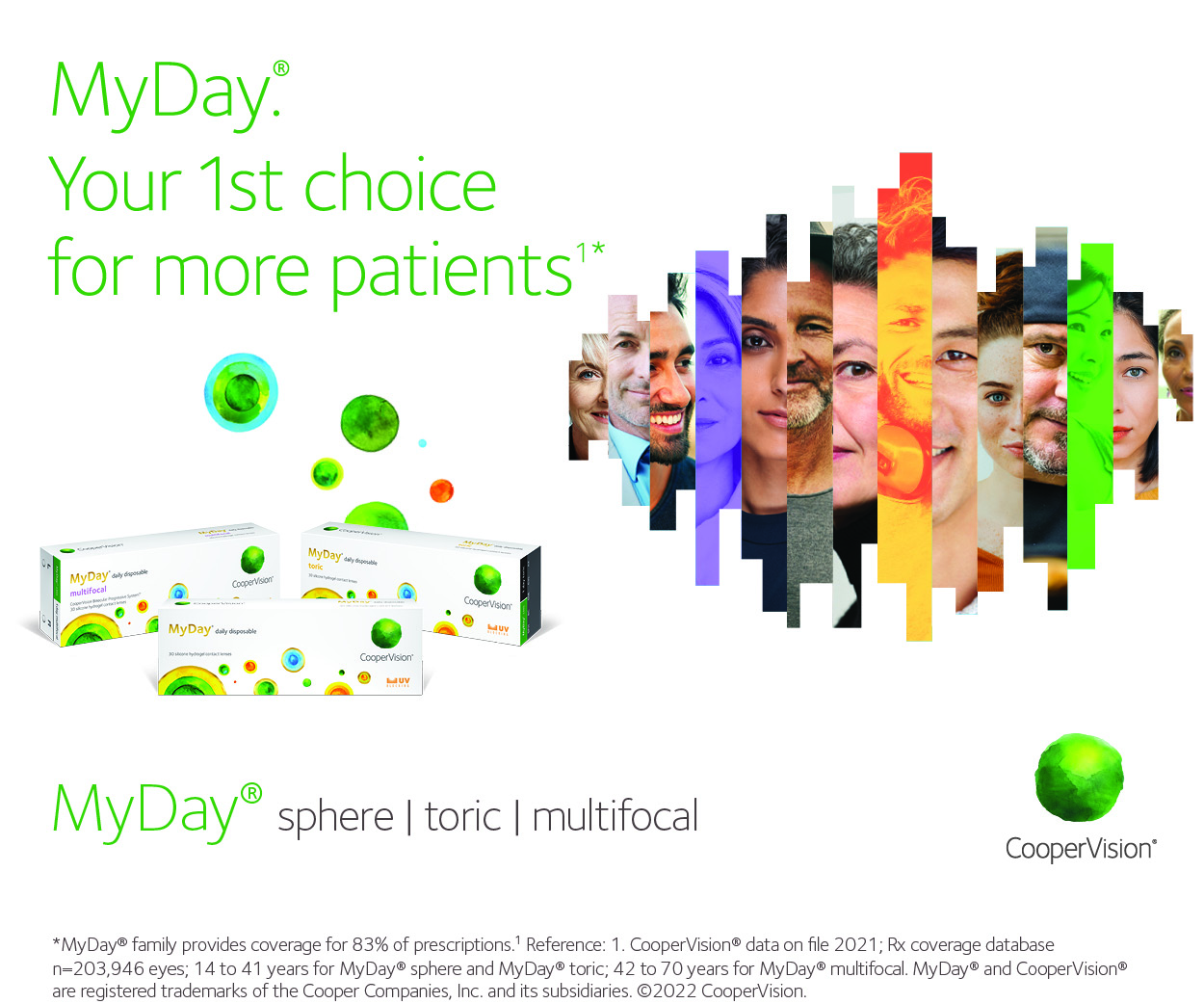Donor stem cells trialled for limbal deficiency
Patients suffering vision loss in both eyes due to limbal stem cell deficiency (LSCD) might benefit from a stem cell transplant using donated cells, according to a new randomised, controlled study in the UK. The research investigates the safety and efficacy of transplanting corneal epithelial stem cells from a deceased donor into the patient’s eye.
The limbus, located at the junction of the cornea and sclera, provides a steady source of epithelial stem cells that keep the cornea healthy. If these stem cells are damaged or disrupted – often the result of chemical or thermal trauma, congenital defect or even wearing contact lenses for too long – LSCD might result. The lack of stem cell regeneration leads to severe vision loss, chronic pain and glare, among other symptoms.
Autologous limbal stem cell transplantation, which uses stem cells collected from healthy tissue in the patient’s own eye, has been shown to be effective in treating LSCD when it is confined to one eye but is not practical for treating bilateral disease,. Several recent studies have focused on using allogeneic (donated) material for treating LSCD, but the results are unclear due to several variables in the studies and the fact that none contained a control arm against which results could be compared.
“This trial demonstrates that sustained benefit is achieved using the corneal epithelial stem cells cultured on amniotic membrane in ocular surface disease compared with controls. That leads us to believe that this intervention warrants further study in larger sample sizes in a Phase III study,” reported co-investigator Dr Sajjad Ahmad.
University of Edinburgh ophthalmology professor Baljean Dhillon commented that the trial “sets the standard for multidisciplinary clinical trial design and delivery of cell-based therapeutics in regenerative ophthalmology. In particular, our findings suggest some clinical relevance for aniridia patients. This is a genetic condition characterised by a malformed iris that greatly hampers vision. Further studies focused on how the treatment might impact aniridia-related keratopathy, might shed new light on how we can best treat this blinding eye disorder.”
“Limbal stem cell disease can be a devastating disease leading to sight loss,” said regenerative medicine specialist, Dr Anthony Atala. “This trial shows that sight improves and the treatment is safe. We look forward to seeing the long-term outcomes of this technology.”








